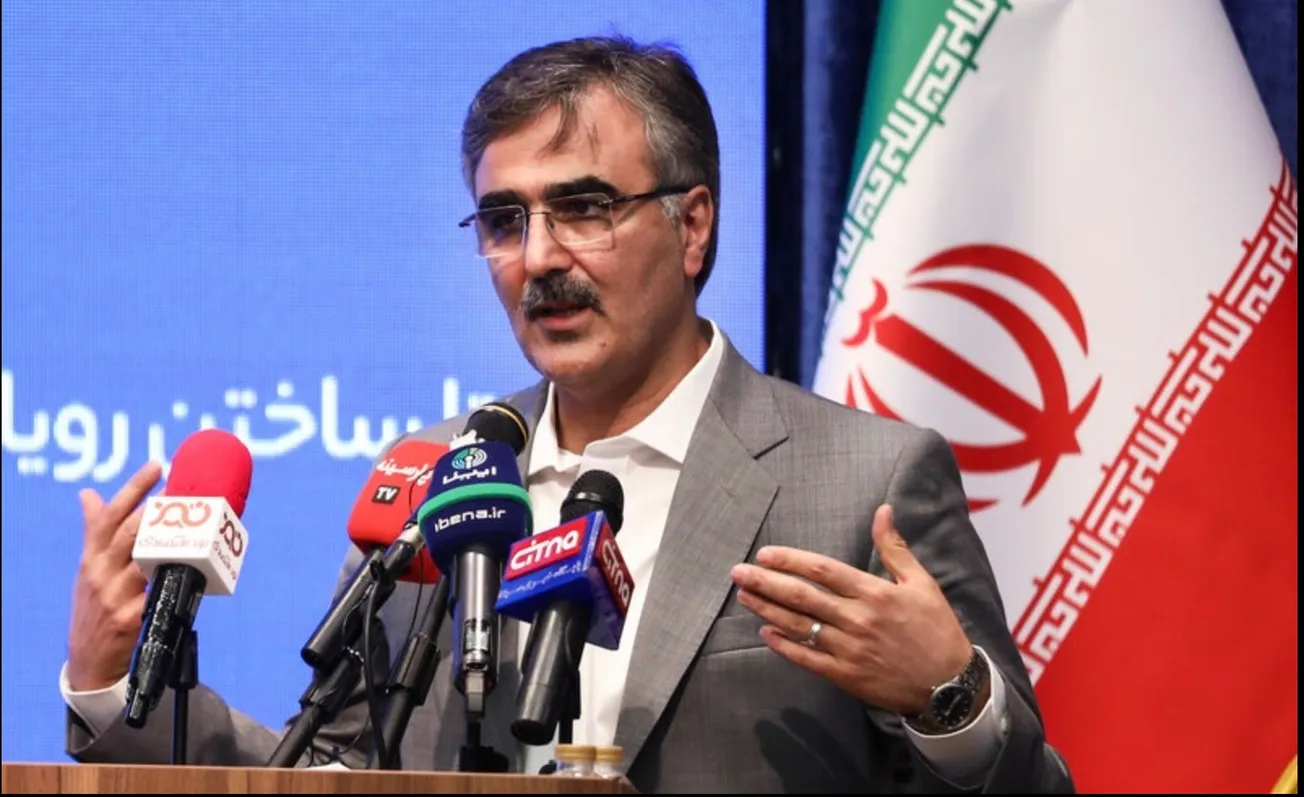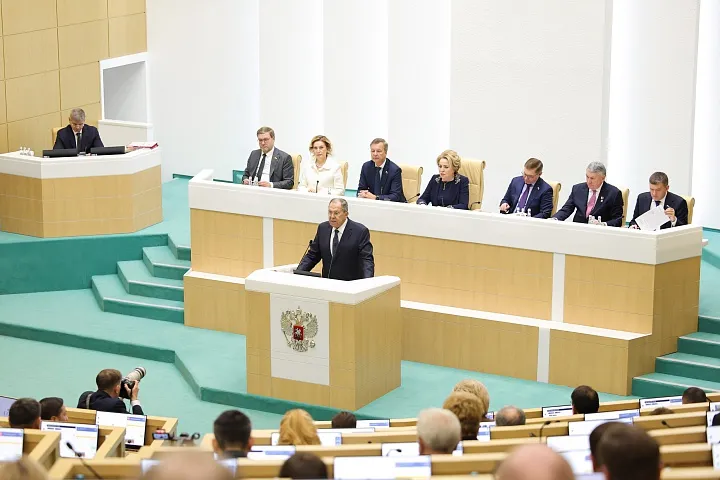As reported in this location on Oct. 11, the Oct. 10-11 BRICS meeting of finance ministers and central bank governors, attended officially by nine nations’ ministers, received a proposal for a new cross-border payments system of the BRICS, developed by Russia’s BRICS chairmanship for this year and focused on a new payments platform linking together the BRICS nations’ central banks. The new payment system, aimed to defeat constant U.S. sanctions and economic and currency warfare by the NATO countries, is clearly given first priority by Russia and by most BRICS representatives now.
Upon returning from the Finance Ministers meeting, Central Bank of Iran Governor Mohammad Reza Farzin confirmed in a press conference in Tehran that this new system includes developing a network of commercial banks that can conduct banking transactions in local currencies, as well as establishing direct links among central banks. Farzin said, “The BRICS Payment system was proposed with the aim of creating a settlement platform for cross-border payments based on Real Time Gross Settlement Systems (RTGS) and considering Central Bank Digital Currency Tracker (CBDC) mechanisms.”
The Russian BRICS Chairmanship Research report (“BRICS Chairmanship Research: Improvement of the International Monetary and Financial System”) also said that the BRICS Contingency Reserve Arrangement—used to defend the value of local currencies—had been limited by “third-party intervention,” presumably again meaning U.S. Treasury sanctions, and has to be reformed through the same link-up of the BRICS central banks in a single platform.
The BRICS Chairmanship Research report, in which the proposed new system was laid out, also referred more briefly to the issue of credit for “EMDEs”—emerging markets and developing economies—which has been in a desperate state since the era of the U.S. Federal Reserve’s money-printing and interest rate spike. Under Point 12, the report refers to the crushing debt burden now loaded on the developing countries:





